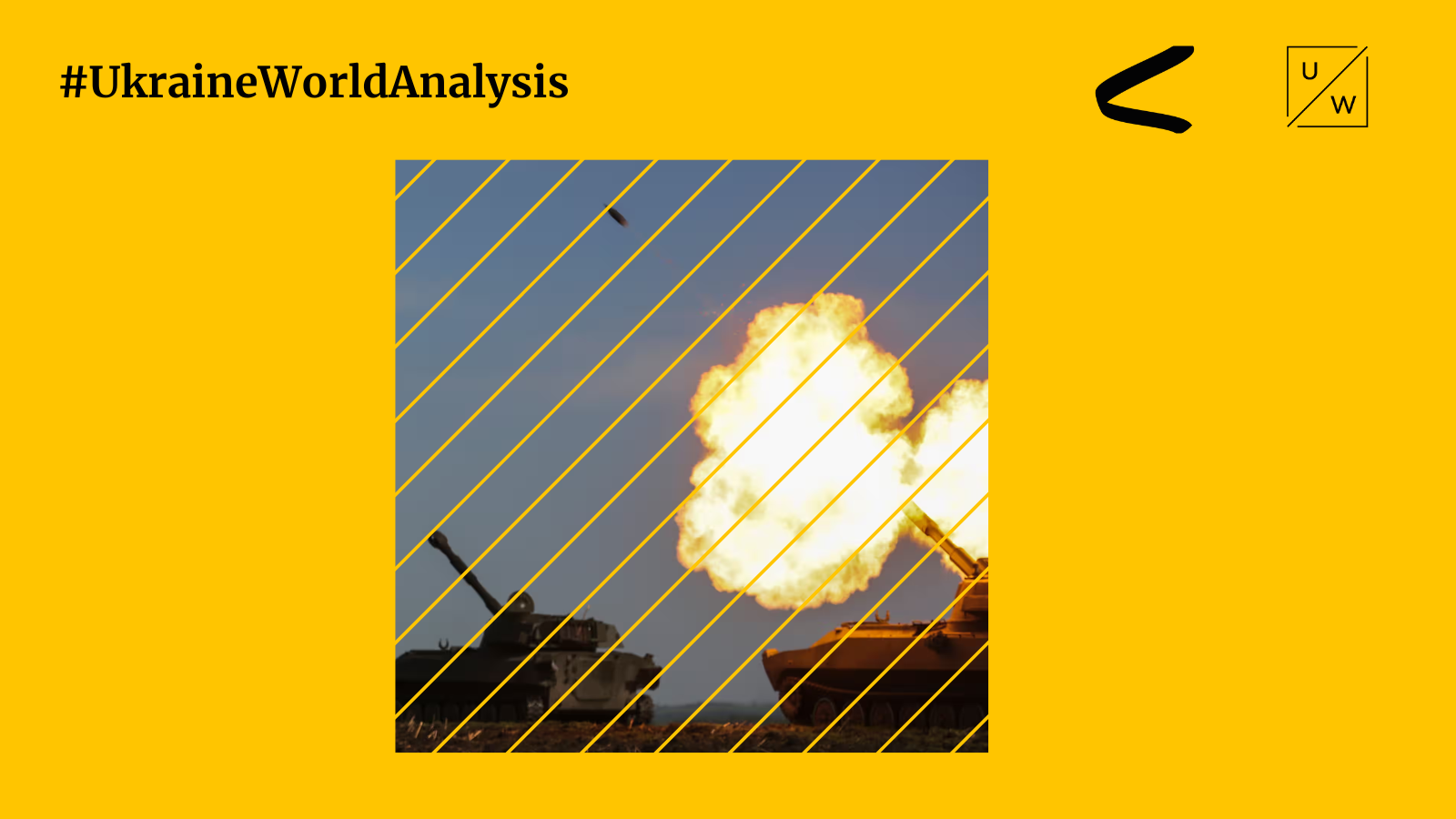
Key points – in our brief, #UkraineWorldAnalysis:
The main frontline need is means of bombardment. This mainly constitutes artillery and aircraft. Ukraine has old aircraft, so the main focus is on artillery, which accounts for 90-95% of the damage inflicted in this war. We are most lacking in ammunition and barrels, with the Russians having a 7:1 ratio in their favor. Artillery has a range of 30 km, aircraft have a range of 3,000 km, and missiles can fly 10,000 km.
That is, if we are listing our priorities, they rank aircraft, missiles, and then artillery. Next come tanks and armored personnel carriers. Last but not least, low-level air defense plays its role too.
Since the Russians need to be knocked out of their trenches, cluster munitions are very useful. The UK's statements about not supporting the transfer of these arms are more aimed at a domestic audience to communicate that they are signatories to the Convention on Cluster Munitions and to avoid questions on why the UK is not transferring them to Ukraine.
Until 2000, cluster munitions were produced with a dud rate of 3-4%. We are now receiving American cluster munitions with 2.34% rate.
Since 2000, new ammunition has been produced, by the UK as well, with a dud rate of as low as 1%.
That is, if there are 72 submunitions in a munition, then 2 submunitions from the American shells would not explode, and 1 submunition from the British shells would not explode.
American cluster munitions have proven to be effective on the battlefield and were provided to reduce the use of conventional ammunitions which we are lacking and increase the degree of damage. About one million cluster munitions would be enough for Ukraine to last through the winter.
After the war, our weapons have a serious export potential for the next 30-50 years.
This war clearly demonstrates the power of our weapons. And this market will bring in much-needed funds for reconstruction.
The Ukrainian Stugna ATGM, for example, has performed very well and is of interest to Arab and Middle Eastern countries.
The Ukrainian Hrim tactical missile system, which Saudi Arabia is interested in, is another example worth noting. The Neptune subsonic anti-ship cruise missile that sank the cruiser Moskva is an undoubted achievement that speaks for itself.
When transferring weapons to Ukraine, our partners ask for feedback on the use, strengths and weaknesses of a particular weapon for modification.
For example, there were questions on technical features of Bayraktar, Switchblade 300 and its counter-electronic warfare capabilities, as well as the guidance for the HIMARS M31 missile.
And all this information is collected by our partners to improve electronic warfare, communications, and geolocation systems. That is why our war is a testing ground for improving all types of weapons.
A Rheinmetall plant for the production of Fuchs armored personnel carriers and Panther tanks, which benefit from greater protection, effective armor, superior gun penetration, will be built in Ukraine.
The Baykar Makina plant will produce one of the best drones based on our Ai 25 LT engine from MotorSich. This 5-ton drone can carry up to a one-ton payload. This synergy will lead us towards the next generation of combat aviation.
